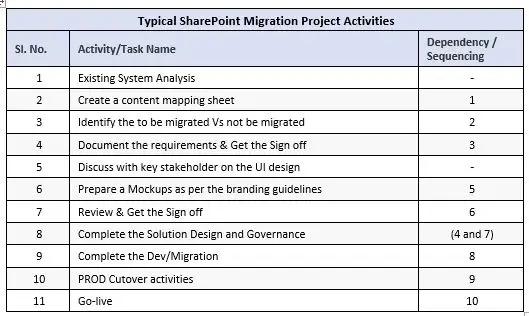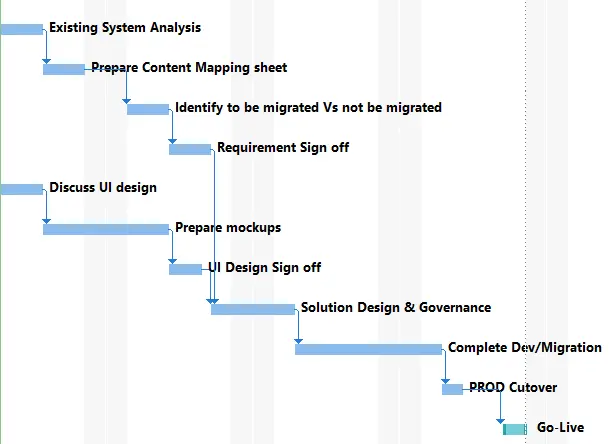
In the agile world, identification and monitoring of Critical Path is very important for a successful completion of the project without any schedule/effort variance.
What is Critical Path?
It is a sequence of tasks that must be completed exactly as scheduled to ensure the project is on time to meet its deadline. Each task on the critical path can only begin after the previous task on the critical path is complete. The project can have more than one Critical Path.
Importance of Critical Path
Critical Path helps Project Manager to identify the tasks that do not allow for any schedule variance. Critical path tasks should be closely monitored, and immediate action should be taken if there is any slippage, to bring back the project on schedule.
How to Identify the Critical Path
• Break down the project into low-level tasks
• Put the tasks in the ordered (sequenced) list.
• Create a flowchart or Gant Chart or other diagram showing each task in relation to the others.
• Identify the critical and non-critical relationships (paths) among tasks.
• Determine the expected completion or execution time for each task.
• Locate or devise alternatives (backups) for the most critical paths.
Critical Path Analysis in a typical SharePoint Migration Project
Let’s understand the concept of Critical Path Method (CPM) and identify the Critical Path in a typical SharePoint redesign and migration projects:
First, we need to define and list all the tasks those must be done so the whole project is completed. When we think of tasks, we realize that some of them cannot start before the others are finished. That is, some tasks are dependent on the others. See the table below for high-level task in a typical SharePoint Migration Projects:

Here’s what a sample schedule (a Gantt chart ) can look like:

The ‘Requirement’ and ‘UI Design’ sign off form a sequence of tasks that must be performed in a specific order, one right after the other, to ensure a successful completion of the project. Such tasks are called “sequential” activities.
So, these two tasks, together with the start of our project (“Existing System Analysis”) are the most important critical steps that must be taken to arrive at the proper Solution and Governance. These actions will be placed on your critical path for this project. If there is any slippage in the completion of the requirement and UI design leads to delay in solution design followed by development activities and the overall project timelines.
So the essential concept behind Critical Path Analysis is that you cannot start some activities until the others are finished. These activities need to be completed in a sequence, with each stage being more-or-less completed before the next stage can begin and hence identifying the Critical Path and acting on it is very important for the success of the project.


